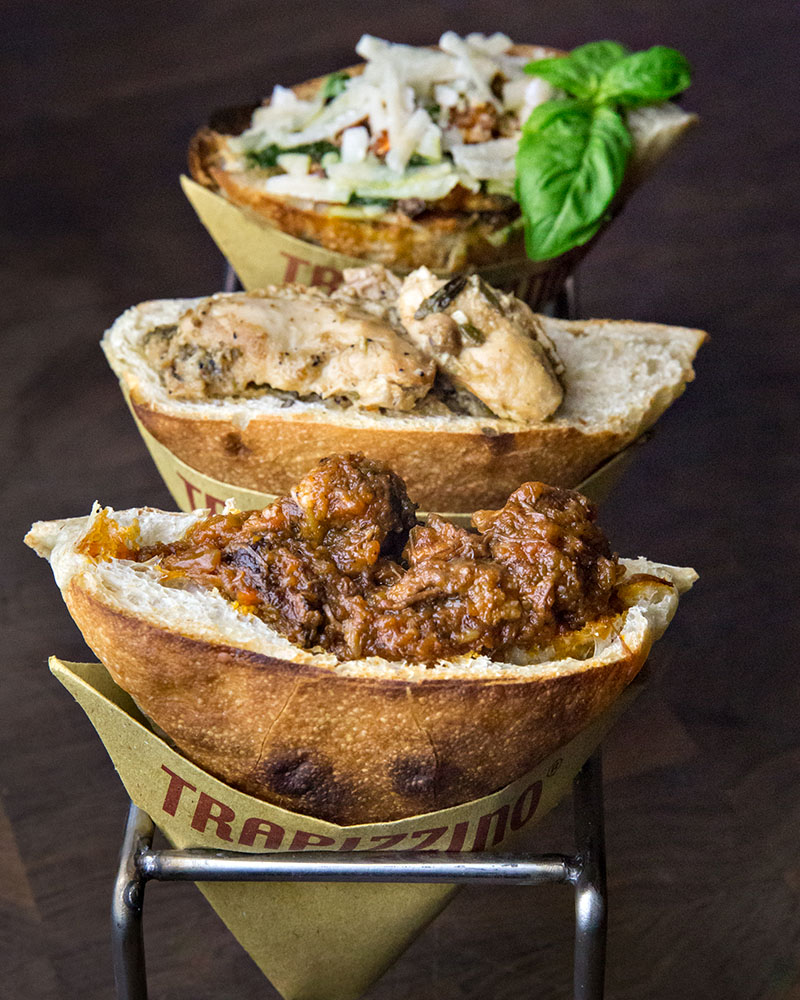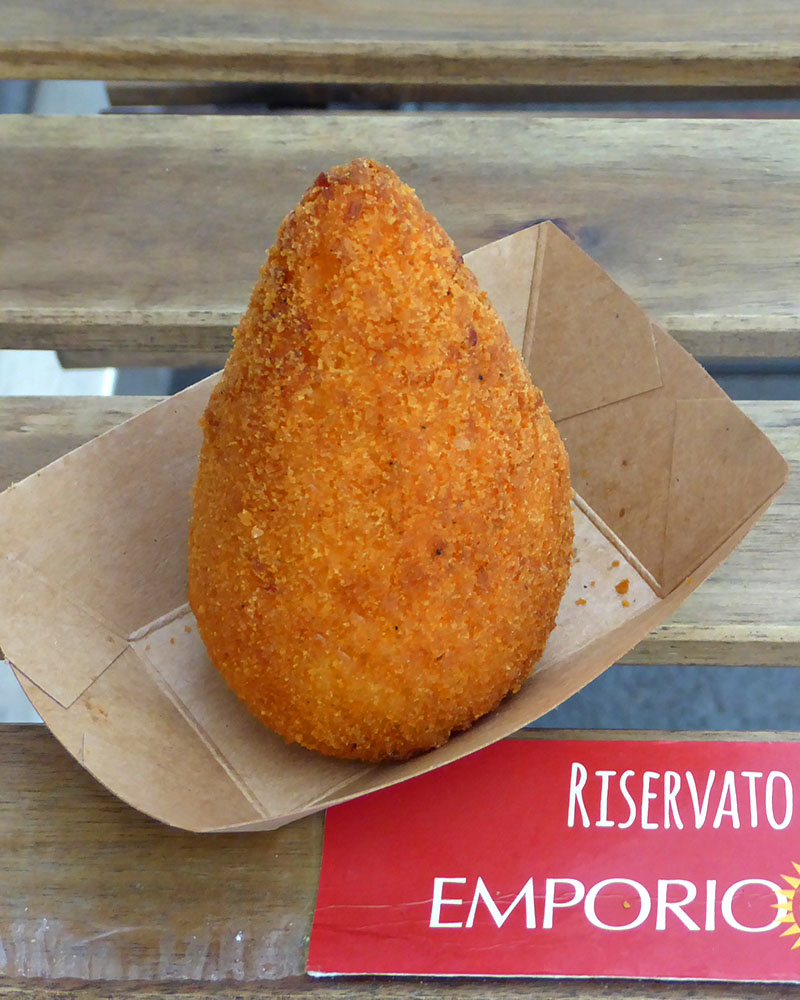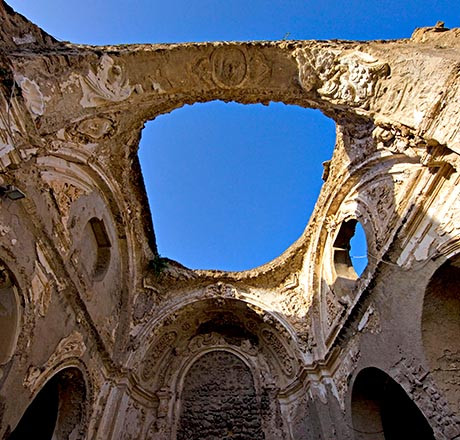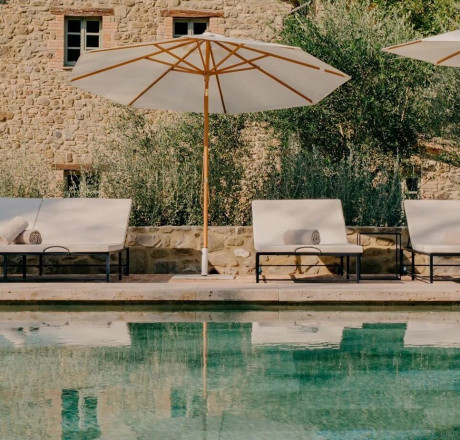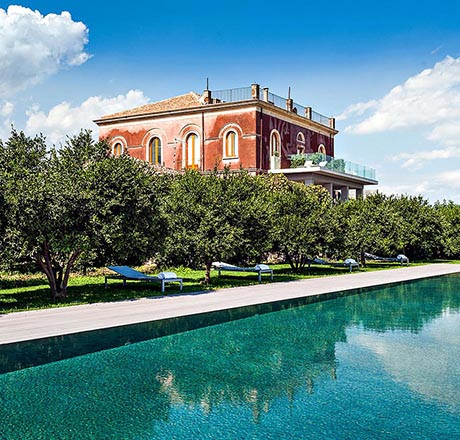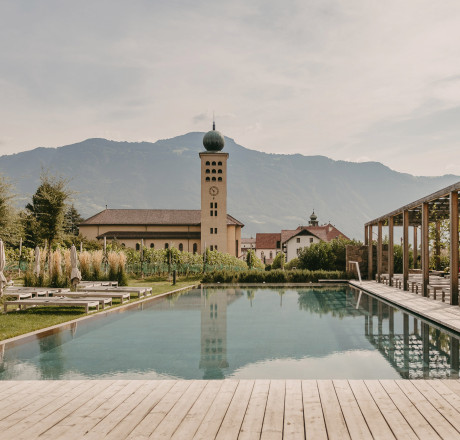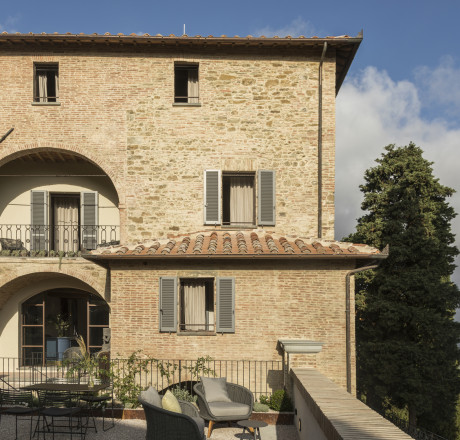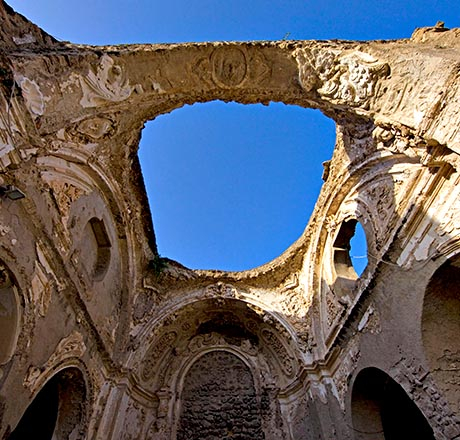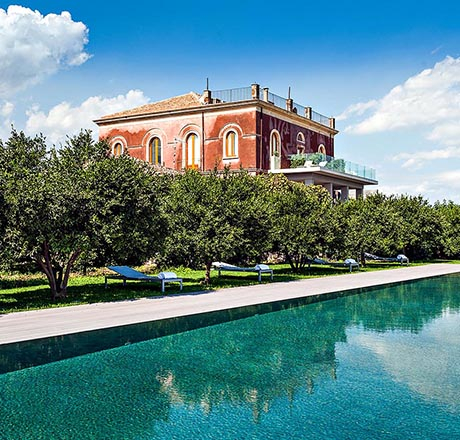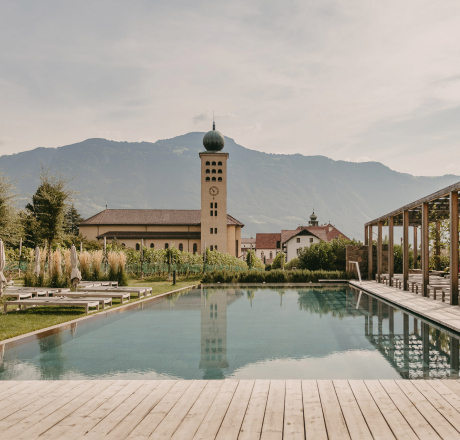Italy
Italy
When in Rome
But just one metro stop south of the ancient world’s most impressive stadium, chefs in an emerging neighbourhood are reinterpreting the city’s culinary traditions with a contemporary attitude. Prices are lower, flavours are bigger, and there’s a good chance the refreshing limone ice-cream on offer is crafted from citrus fruit foraged directly from local orchards.
On the River Tiber’s southeastern bank, grittily authentic Testaccio has long been a proud working-class neighbourhood. More than a century ago, the area housed Europe’s biggest slaughterhouse, and many of the abattoir’s lower-paid workers – dubbed la vaccinara – were gifted the quinto quarto (fifth quarter) of the cow and pig parts no one else wanted. Tripe, oxtail and other organs were incorporated into traditional Roman cuisine, and now Testaccio’s eateries and market stalls are resurrecting these classic ingredients with a modern twist.
The Trapizzino empire incorporates two stores in New York, but the original Testaccio location is still the best. After merging the triangular shape of traditional tramezzino sandwiches with pizza dough, Roman chef Stefano Callegari crafted hearty fillings to accompany his pillowy pockets of fluffy pizza bianca. New wave fillings include Ethiopian-style zighini (beef stew), but the flavours from the days of la vaccinara are the most popular with Trapizzino’s loyal regulars. Washed down with craft beers from Italy’s Baladin Brewery, tramezzino crammed with tender oxtail or tripe, tomato, pecorino cheese and mint are regularly devoured by revellers overflowing from Testaccio’s late-night clubs and bars.
For somewhere to eat during the day, Mercato Testaccio is an essential destination. Fruit and produce vendors offer fresh, local ingredients, and at stalls selling some of the area’s best street food, chefs channel the market’s historic roots into their reinvented Roman cuisine. If you dig a little deeper, you’ll also find some of Rome’s best Sicilian flavours.
There’s more sandwich action at Mordi e Vai, with panini crammed with an ever-changing range of fillings. Mainstream flavours include spicy salsiccia (sausage) or polpette (meatballs) in a rich tomato sauce, both best enjoyed when the hearty fillings soak through Mordi e Vai’s crisp ciabatta buns. Traditional cucina Romana is expressed through more challenging fillings like coratella e carciofi (a robust mix of heart, lung and artichoke) and the classic flavours of trippa alla Romana (Roman-style tripe), cooked slowly to a creamy texture capable of converting even the most ardent of tripe sceptics.
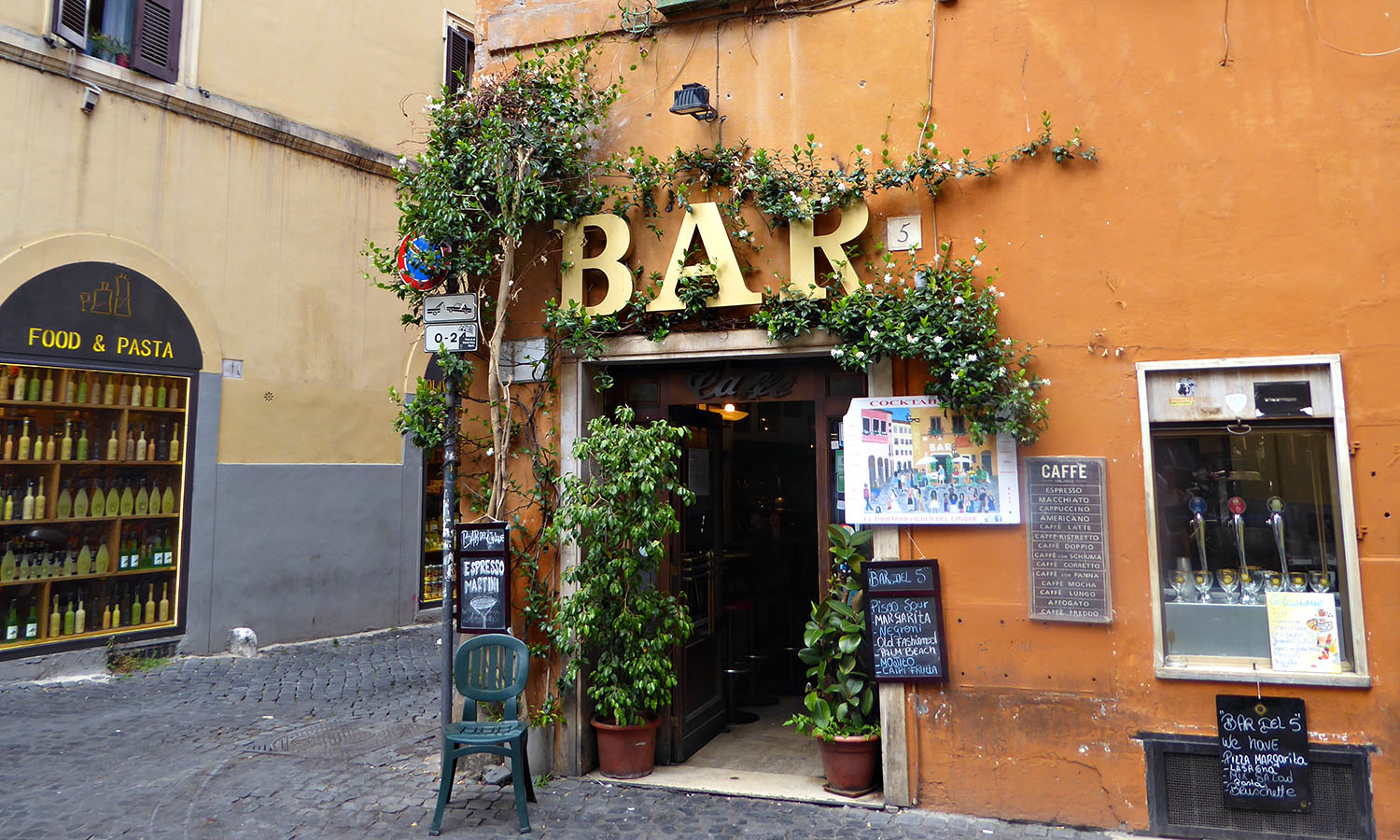

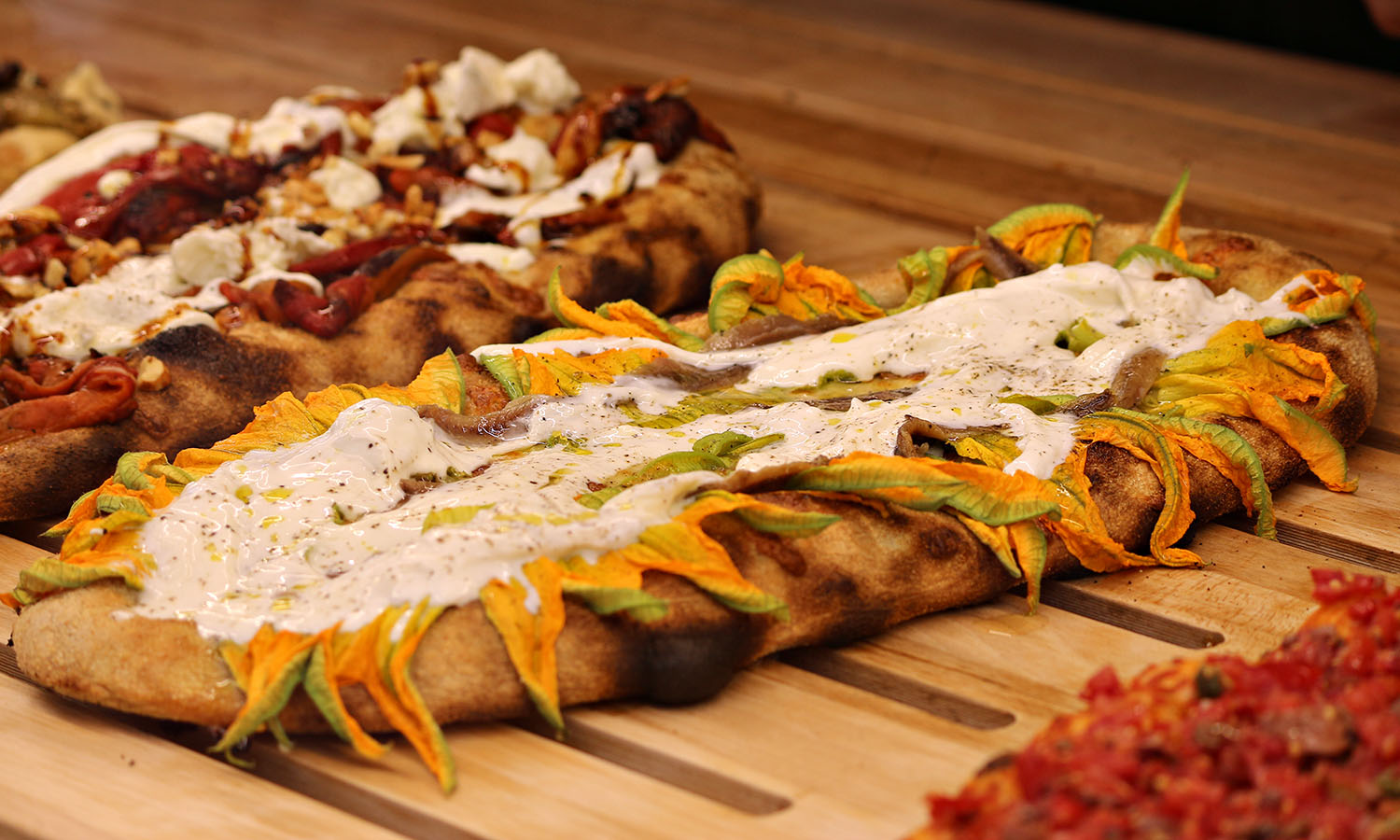

Elsewhere in the market, it’s Rome’s classic pizza alla palla that receives a contemporary makeover. Traditionally baked in a rectangular shape, cut off in slabs and sold by weight, CasaManco’s versions, crafted by husband and wife team Andrea Salabe and Paola Manco, have assumed cult status in Rome since they launched in 2017. Served on rustic wooden platters and more akin to a crispy-based flatbread, the pizzas feature traditional combinations like prosciutto and fig or anchovy and zucchini flowers as well as the elaborate but balanced blend of mortadella sausage, ricotta, Sicilian blood orange and honey. Fruity prosecco is available at an adjacent stall for just AU$3 a glass. The Sicilian theme is reinforced nearby at Emporio di Sicilia’s market counter overflowing with the best of flavours from Italy’s southernmost province.
Deliciously bitter chocolate from the Sicilian town of Modica partners with crisp cannoli pastries dusted with reputedly the world’s finest pistachios from the town of Bronte, while some of Rome’s best arancini are arranged carefully in neat rows. Infused with saffron and often filled with melanzane (eggplant) or a meaty ragu sauce, Sicily’s signature rice balls are a culinary legacy of 175 years of Arab rule in the ninth century. Served warm and crunchy and teamed with a zingy glass of cola-like chinotto, they’re yet another tasty contender for the title of Rome’s best twenty-first–century street snack.
Makes 8–10
INGREDIENTS
300g arborio rice
1 tbs saffron
50g grated parmesan
1 tbs Italian parsley, finely chopped
2 tbs butter
2 eggs
100g mozzarella, chopped
1 tbs peas
1 tbs chopped pistachios
2 tbs flour
4 tbs breadcrumbs
vegetable oil, for frying
METHOD
Combine the rice and 500ml (2 cups) water in a pan. Add a pinch of salt for seasoning, then bring to a boil and cook slowly over a very low heat. Make sure you stir frequently until all the water has been absorbed.
After dissolving the saffron in hot water, stir into the rice along with parmesan and finely chopped Italian parsley.
Once this mixture has cooled slightly, stir in the butter and one egg.
Beat the remaining egg and season with salt and pepper.
When the rice mixture has cooled further, form into eight to 10 balls about the
size of a mandarin. Keeping your hands wet will prevent the rice from sticking.
Form a small depression in the middle of the ball and carefully place a small amount of the mozzarella, peas and pistachios.
Seal the opening, dust the rice balls with flour then roll in the beaten egg and, finally, the breadcrumbs. Refrigerate for 30 minutes to set the breadcrumbs.
Heat 5cm of oil to 190ºC (it’s ready when you drop a cube of bread into it and it goes golden in about 10 seconds). Fry a few of the arancini at a time until golden (about 4–5 minutes). Drain on paper towels before serving.
 (
(

